Inspiration: ‘Eco warriors’ and the ecovillages
Toyota Eco Warrior 2037
I set myself to create with a positive and bright vision of the future, one which should be still realistic. To achieve this future, society has to adapt and change to manage the impacts of its behaviour on the planet. Inspired by the ecovillages, self-sufficient communities with the goal of becoming more socially, culturally, economically, and ecologically sustainable, I imagined what society could look like and in which direction we must change. Reflecting about my studies, I wanted to investigate which vehicles people may need in that future, to influence or create a desire for this change through design.
Project information
My process started by mapping the mobility needs in the future ecovillage. Besides conducting multiple interviews with ‘ecovillagers’, I also drafted a visual representation of what these communities may include. Punk movement and solar punk aesthetics were sources of inspiration when imagining personas and their future lifestyles. With that foundation I went into ideation phase, sketching countless themes and directions for the vehicle. Using analytical tools, I then mapped my ideas and selected a direction that was consistent to the goals in the project. The CAD software Blender was used to evaluate the dimensions in relation to the users and basic technical needs. With such tool I tested if the ideas represented on my key sketches could work in three-dimensions. In the final phase, these digital tools were also used to produce the reference data to visualize the concept and to fabricate parts for a physical model.
Starting with a blank sheet of paper, user needs were considered one by one. The reason for this was to avoid adding unnecessary features and to meet the eco-warrior community's need for low carbon impact. All the core functions are covered in a balance between material use, comfort and safety. The first major need is mobility. With an electric powertrain it is in principle possible to drive around just with the flat chassis. This would satisfy the need for mobility without satisfying the need for safety. Several attachment points were then added to different parts of the vehicle, making it possible to customize it with additional modules. The car communicates strength through the chassis and all other functions are added in layers. To achieve this impression, the chassis must appear very solid. This is accomplished by the unique colour scheme and big, bold, rounded and cut shapes. The more brutal look intends to conveys confidence, durability and timelessness. In the event of a repair, the parts are easily accessible through screws in the panels, making it possible to replace them.
In collaboration with:

UID23 | Marius Cramer – Grad Project Presentation


Inspiration: Punk movement and sustainable living
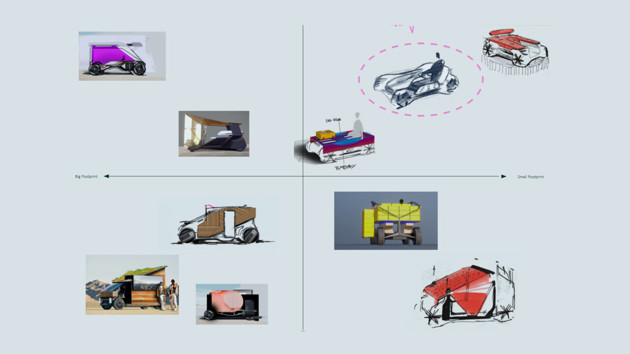
Clustering ideas and choosing a design direction
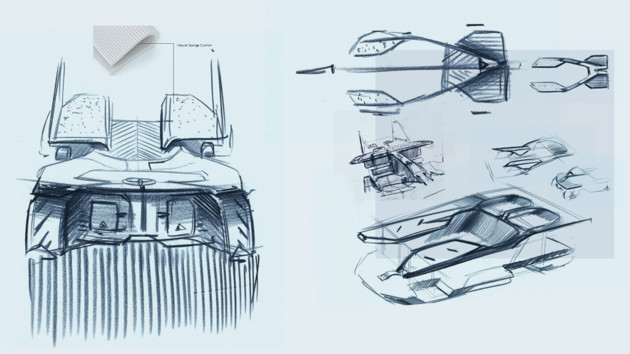
Sketches on multiple areas and details of the vehicle
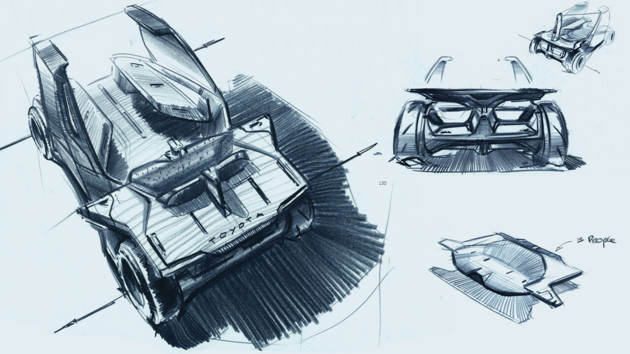
Sketches on multiple areas and details of the vehicle

Investigating the add-on accessories or modules to customize the platform
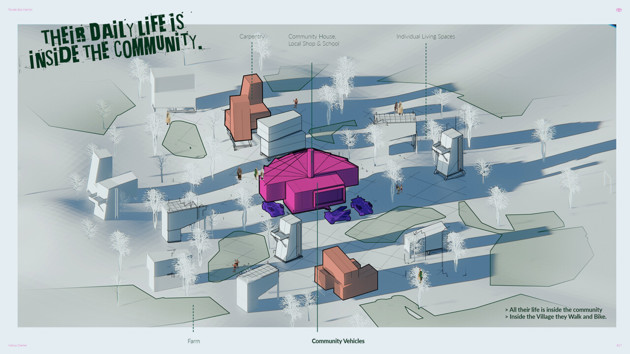
A schematic representation of a future ecovillage
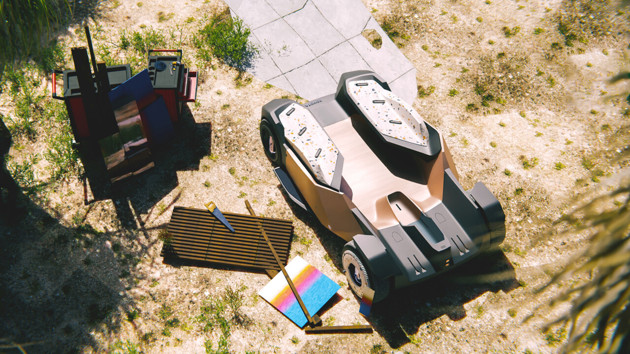
The naked platform waiting for customisation
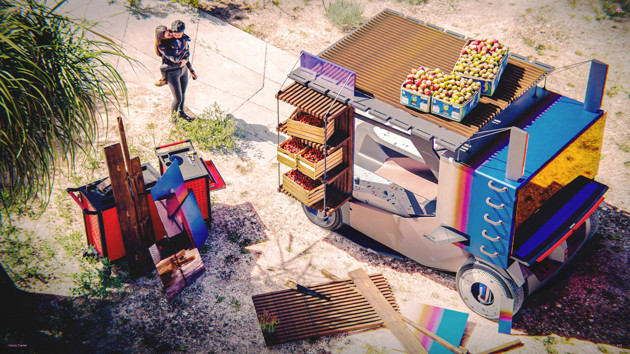
The vehicle used for trading products produced at the ecovillage
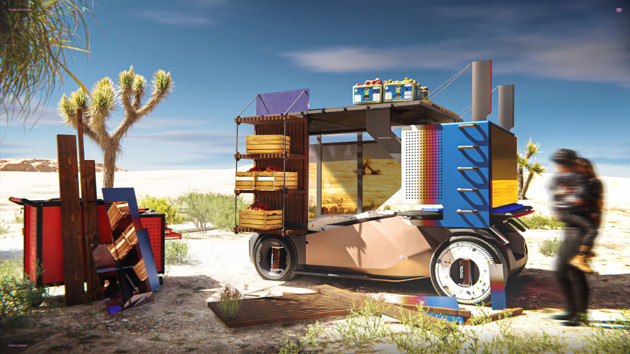
Context visualisation
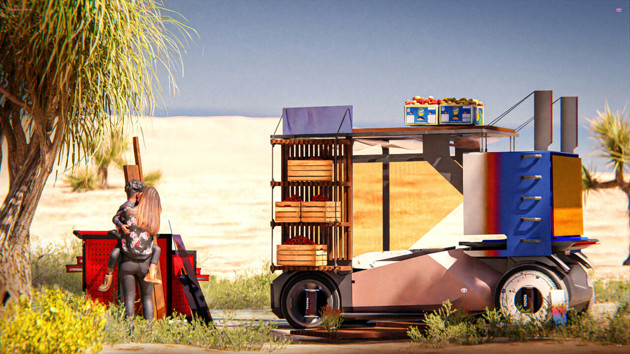
Context visualisation
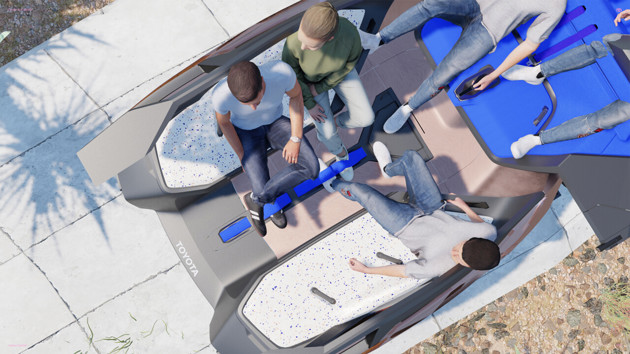
Seating layout and detail design including safety features
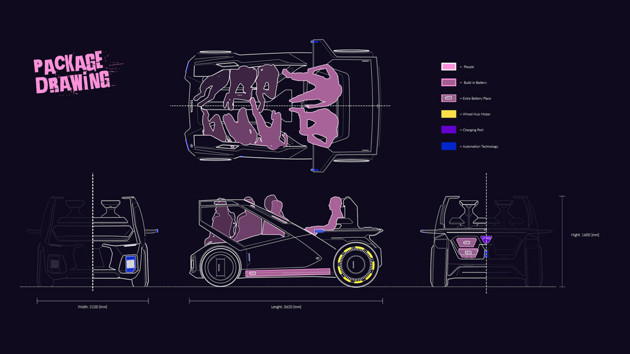
Package drawing describing the technical considerations















